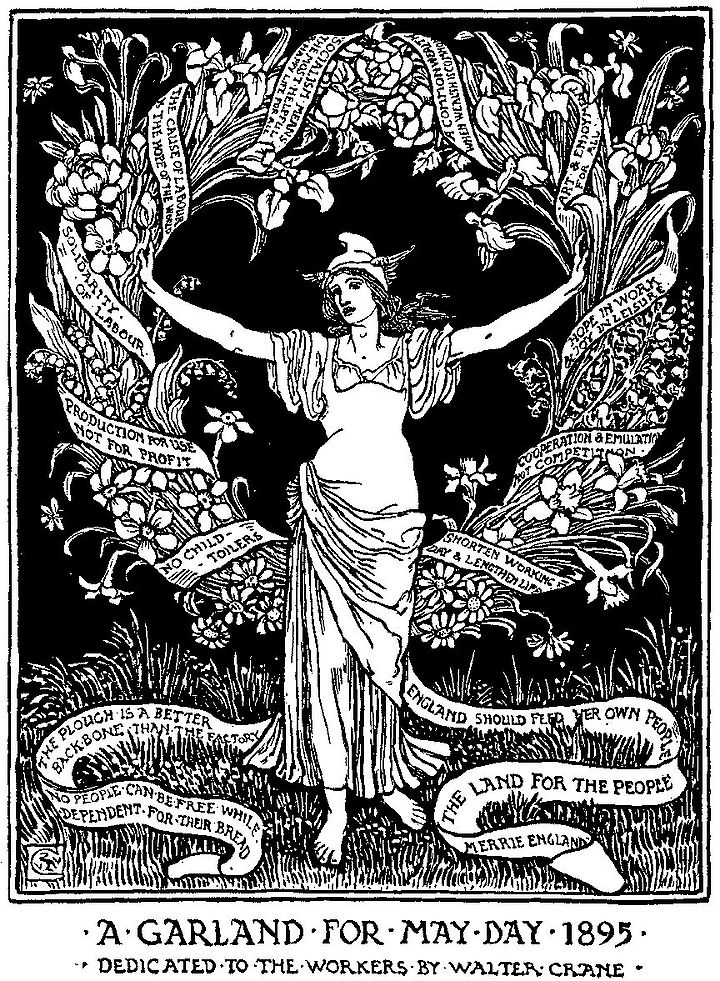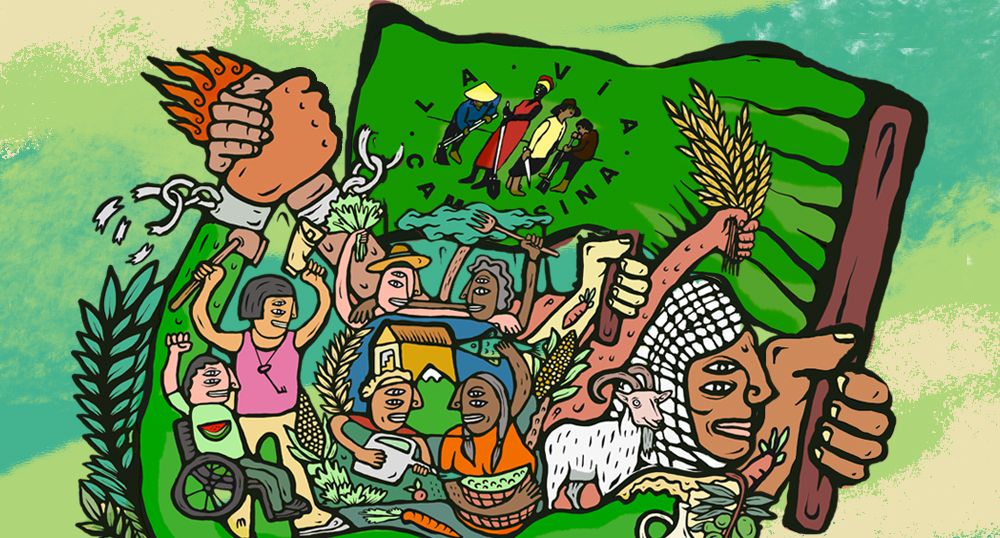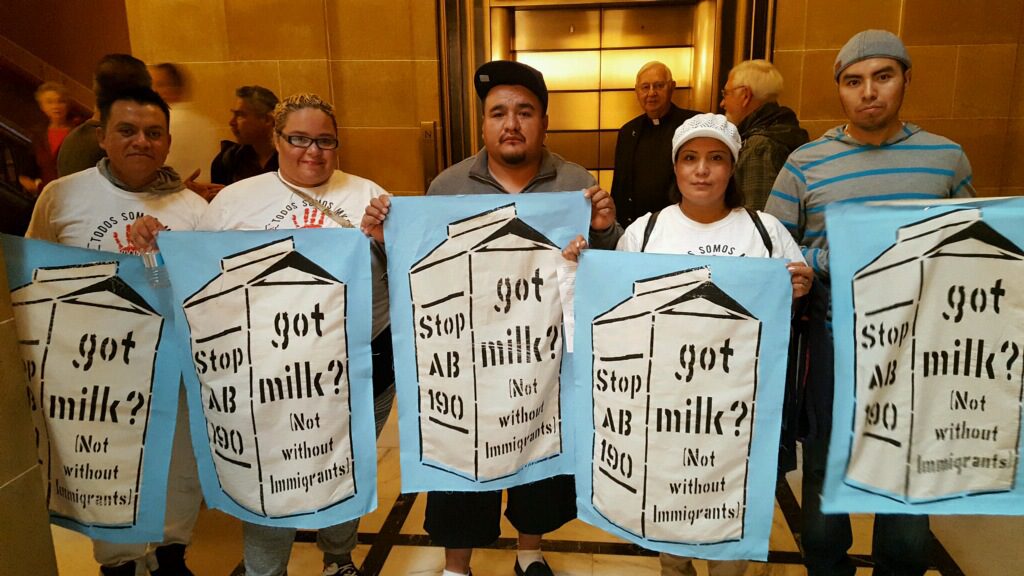By: Rebecca Goodman, FFD board member, retired organic dairy farmer – Wonewoc, WI
When I was a child being raised Catholic and attending a Catholic grade school, May 1st signified the beginning of the month of Mary, mother of Jesus. We used to process from the school to the church with lilacs and tulips we brought from home to honor her. But this is not the May day I want to talk about here.
Actually, May Day honors workers and is rooted in agriculture, and celebrated by workers across the globe as International Labor Day on May 1. May Day started as a per-Christian holiday celebrated throughout Europe, especially among the Gaelic people. It falls on the halfway point between the spring equinox and the summer solstice. Song and dance around bonfires celebrated the sown fields starting to sprout and cattle driven to pasture. May Day is a holiday with diverse meanings around the world but gradually became associated with the historic struggles and gains made by workers and the labor movement.
In the Soviet Union, leaders embraced the new holiday, believing it would encourage workers in Europe and the U.S. to unite against capitalism. It was celebrated with high-profile parades and a showcase of military might. Celebrations have declined in importance since the breakup of the USSR.
In Germany Labor Day became an official holiday in 1933 after the rise of the Nazi Party. Ironically, Germany abolished free unions the day after establishing the holiday, virtually destroying the German labor movement.
In the United States, the holiday was first celebrated in 1886 as part of the struggle for the eight-hour workday. On May Day, hundreds of thousands of workers across the county went on strike, demanding better working conditions and shorter working hours. In Chicago, the strike became known as the Haymarket Riot. When police attacked the rioters it became bloody and resulted in 8 strikers being hung for conspiracy. In 1889, to honor the Chicago workers, an International federation of socialist groups and trade unions designated May Day a labor holiday beginning what many nations now call International Worker’s Day.
Later, U.S. President, Grover Cleveland, uneasy with the socialistic origins of Workers’ Day, signed legislation to make Labor Day — already held in some states on the first Monday of September—the official U.S. holiday in honor of workers. Canada followed suit not long afterward. In response to anti- communist attitudes and fear of working-class unity, President Dwight Eisenhower, declared May 1 “Law Day”–dedicated to the principles of government under law—and Labor Day celebrated in September.
In dozens of countries around the world May Day has been recognized as a public holiday, and is celebrated with picnics and parties while serving as an occasion for demonstrations and rallies in support of workers.
So we have May Day, International Worker’s Day, and U.S. and Canada’s Labor Day. In light of the U.S. Administration, how will these two days be celebrated this year?





